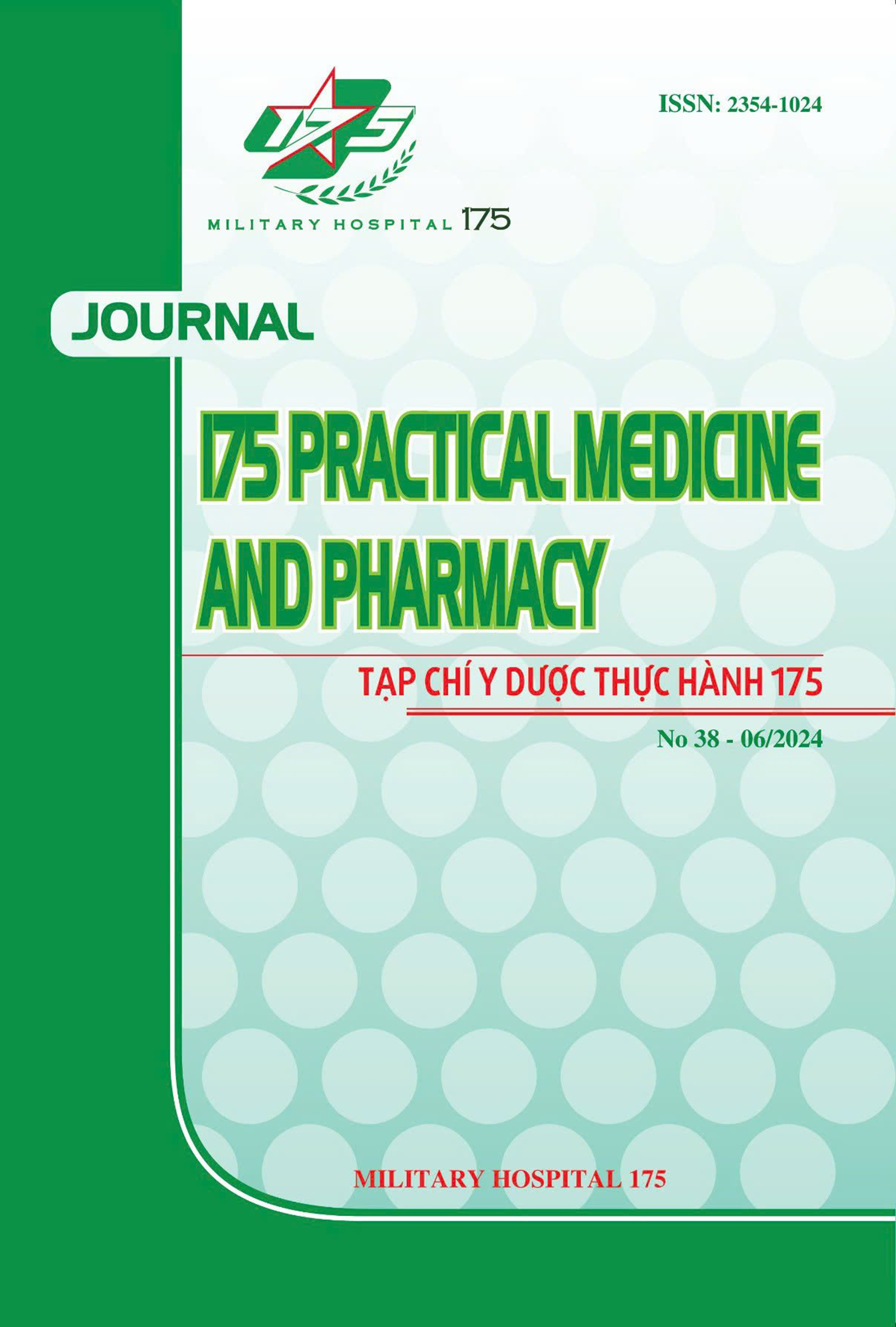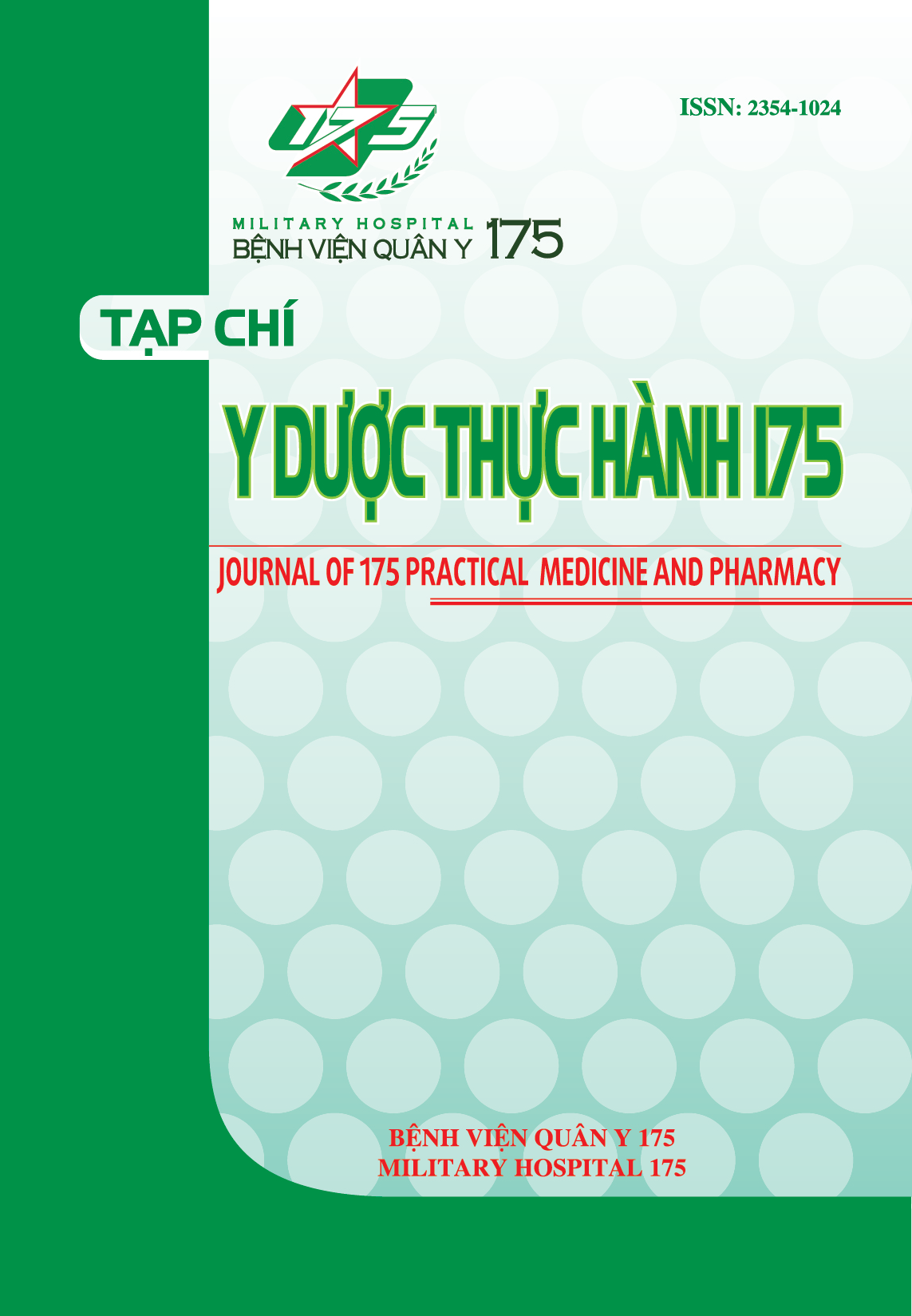DEVELOPING A SIMPLIFIED CLINICAL FRAILTY SCALE FOR ELDERLY PATIENTS
Các tác giả
DOI: https://doi.org/10.59354/ydth175.2024.271Từ khóa:
CFS, Clinical Frailty Scale, elderly patients, cross-sectional studyTài liệu tham khảo
General Statistics Office (2019), Population and Housing Census 2019: Aging Population and Elderly in Vietnam. https://www.gso.gov.vn/wp-content/ uploads/2019/12/Ket-qua-toan-bo-Tong-dieu-tra-dan-so-va-nha-o-2019.pdf
Fried LP, Tangen CM, Walston J, et al. Frailty in older adults: evidence for a phenotype. J Gerontol A Biol Sci Med Sci. Mar 2001;56(3):146-156. doi:10.1093/ gerona/56.3.m146
Song X, Mitnitski A, Rockwood K. Prevalence and 10-year outcomes of frailty in older adults in relation to deficit accumulation. J Am Geriatr Soc. Apr 2010;58(4):681-687. doi:10.1111/j.1532-5415.2010.02764.x
Rockwood K, Song X, MacKnight C, et al. A global clinical measure of fitness and frailty in elderly people. Cmaj. Aug 30 2005;173(5):489-95. doi:10.1503/ cmaj.050051
Siriwardhana DD, Hardoon S, Rait G, et al. Prevalence of frailty and prefrailty among community-dwelling older adults in low-income and middle-income countries: a systematic review and meta-analysis. BMJ Open. Mar 1 2018;8(3):e018195. doi:10.1136/bmjopen-2017-018195
Zulfiqar A. A., et al. (2022), “Zulfiqar Frailty Scale (ZFS): Concordance Study with the Clinical Frailty Scale (CFS)”, Medicines (Basel). 9(11).
Chong E., et al. (2019), “Validating a Standardised Approach in Administration of the Clinical Frailty Scale in Hospitalised Older Adults”, Ann Acad Med Singap. 48(4), pp. 115-124.
Tải xuống
Tải xuống: 95










